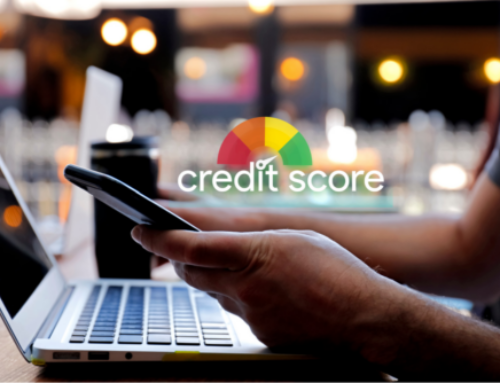
Why are your numbers carefully sequenced? Most major credit cards adhere to a certain structure and pattern called ANSI Standard X4.13-1983, helping businesses and vendors validate your transactions before they’re accepted. That’s a critical function for all parties, for without it, all trust in the card would be lost and they wouldn’t be universally accepted. Therefore, each one of your credit cards essentially tells a story about who issued the card, the type of account, who you are, etc.
Let’s look closer at the numbers on your credit card:
If you look at your credit card number (the long one), the very first number is the Major Industry Identifier (MII). The MII tells you what sort of institution or entity issued the card, like:
• 1 and 2 are issued by airlines.
• 3 is issued by travel and entertainment.
• 4 and 5 are issued by banking and financial institutions.
• 6 is issued by merchandising and banking.
• 7 is issued by petroleum companies.
• 8 is issued by telecommunications companies.
• 9 is issued by national assignment.
In total, the first six digits on your card make up the Issuer Identification Number (IIN). You can use these sequences to easily identify where your card originated. The list of IINs is now public knowledge, and you can even find it on Wikipedia.
For instance, you can identify these large banks and credit card issuers by these codes:
Visa: 4*****
American Express (AMEX): 34**** or 37****
Diner’s Club International: 36****
Mastercard: 51**** to 55****
After the MII and IIN, the seventh to the second-to-last digit on your credit card is just your customer account number. Most banks and companies use only 9 digits for your account number, but it is possible to use up to 12 numbers. So while most cards have 16 digits, it is possible to issue cards with 19 digits. Based on this current system and credit card algorithm, that means there can be about a trillion credit cards issued before we run out of numbers and need a new system!
The very last number on each card’s sequence is called the “check digit” or “checksum.” That one single number allows banks and retailers to know your credit card is authentic based on something called the Luhn algorithm, through a Luhn Algorithm Validation Check.
This is how it works:
Take the credit card number and read the digits from right to left (instead of the regular way).
Take every other number and double it (you’ll want to write it down).
Wherever you see a double-digit number (out of the ones you doubled), change it by adding the first and second digit together. (So 5.7 becomes 12.)
Last thing, take those sums and add them to the numbers remaining on your card that you didn’t double.
If a credit card is legitimate, the number you end up with will be divisible by 10.
It sounds complicated, but it’s actually pretty simple and 100% accurate once you have it down. In fact, the Luhn Algorithm can be used to validate all sorts of numbers, including credit cards, International Mobile Equipment Identity (IMEI) numbers found on cell phones, and even some social security numbers.
There are some variations depending on the bank or card issuer, like:
American Express – Digits three and four are type and currency, digits five through 11 represent the account number, digits 12 through 14 make up the card number within the account, and digit 15 is a check digit
Visa – Digits two through six make up the bank number, digits seven through 12 or seven through 15 (in some cases) represent the account number, and digit 13 or 16 is a check digit.
MasterCard – Digits two and three, two through four, two through five, or two through six make up the bank number (depending on whether digit two is a 1, 2, 3 or other). The digits after the bank number, up through digit 15, represent the account number, and digit 16 is a check digit.
What else is on your card?
We know about your name, of course, and the expiration date and straightforward security code. But what about the information that’s on your card unreadable to the naked eye, contained in the magnetic stripe?
What’s Inside the magnetic stripe on a Credit Card?
Magnetic stripes aren’t as predictable as the other numeric systems on your card. In fact, they work more like an old 8-track tape player (for those dinosaurs like me!), but with three tracks, with data built into two of these tracks. However, smart chip technology is rapidly phasing out the magnetic strip system, allowing retailers to access – and collect – far more information about the card, the user, and even the nature of the transaction, almost instantaneously!
Now that you know what number systems are included on your card, take it out and see if the numeric identifiers and algorithm work!




